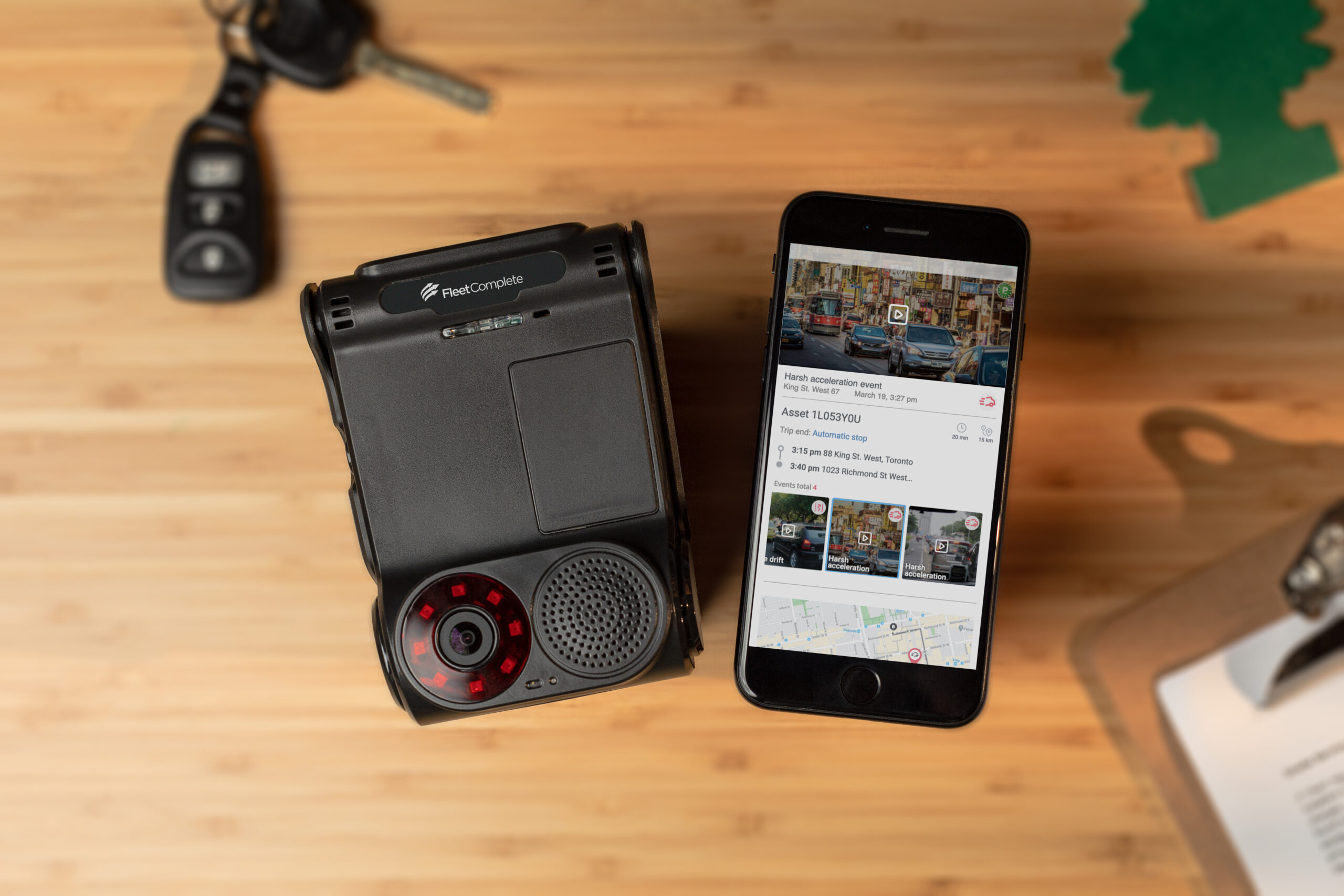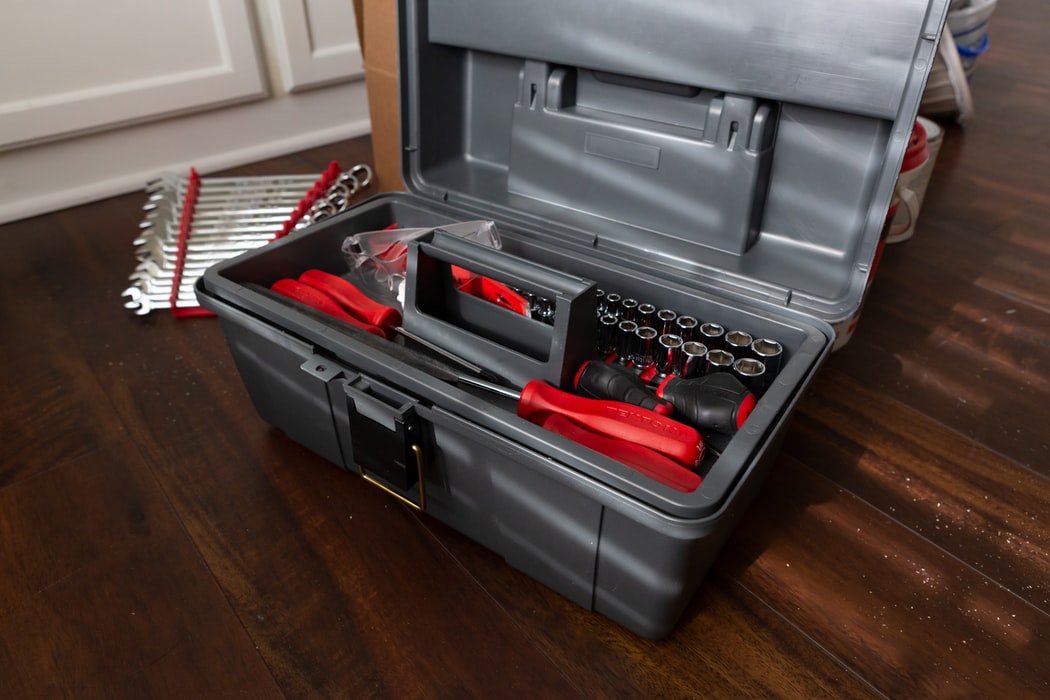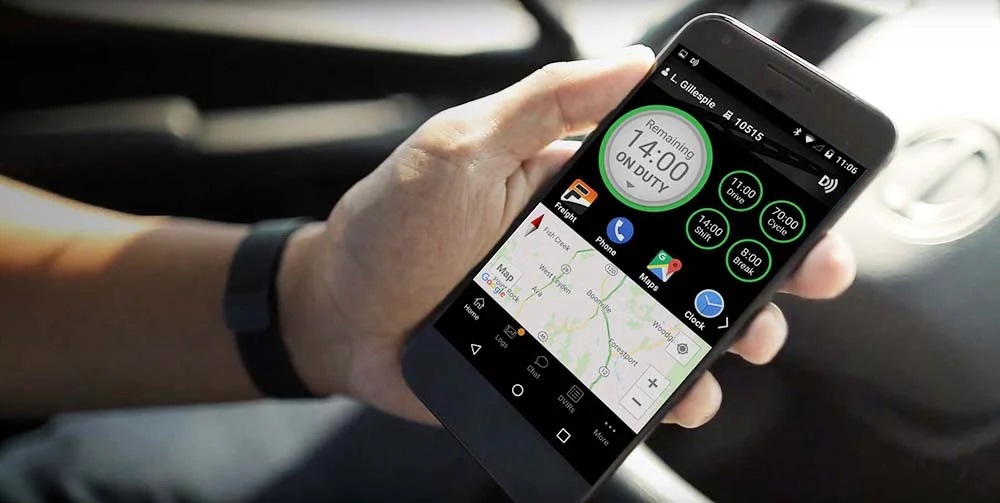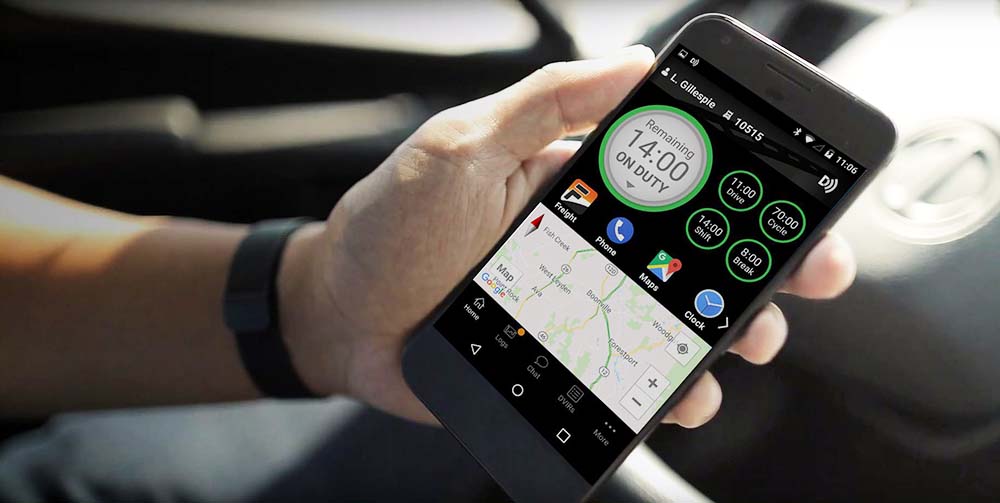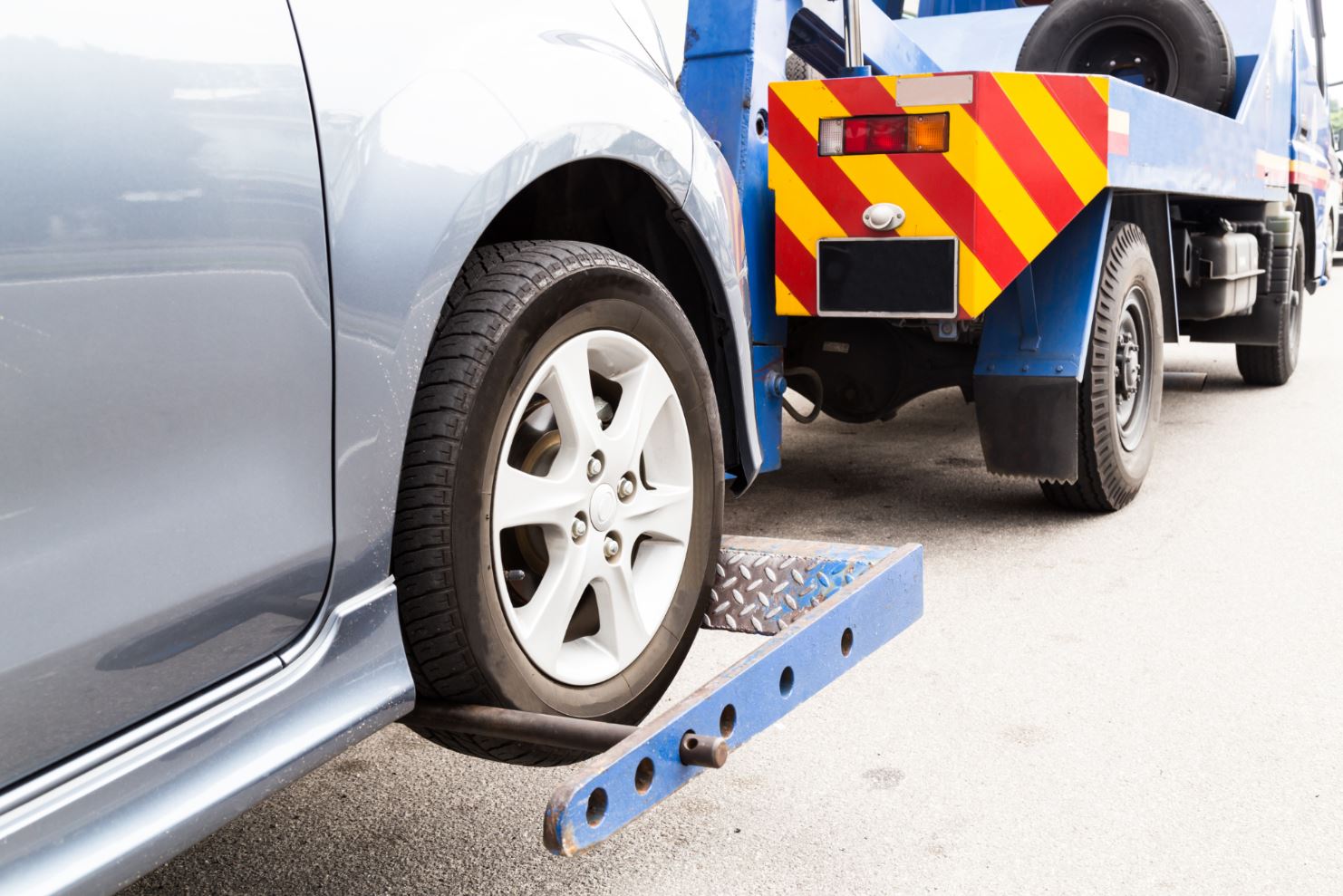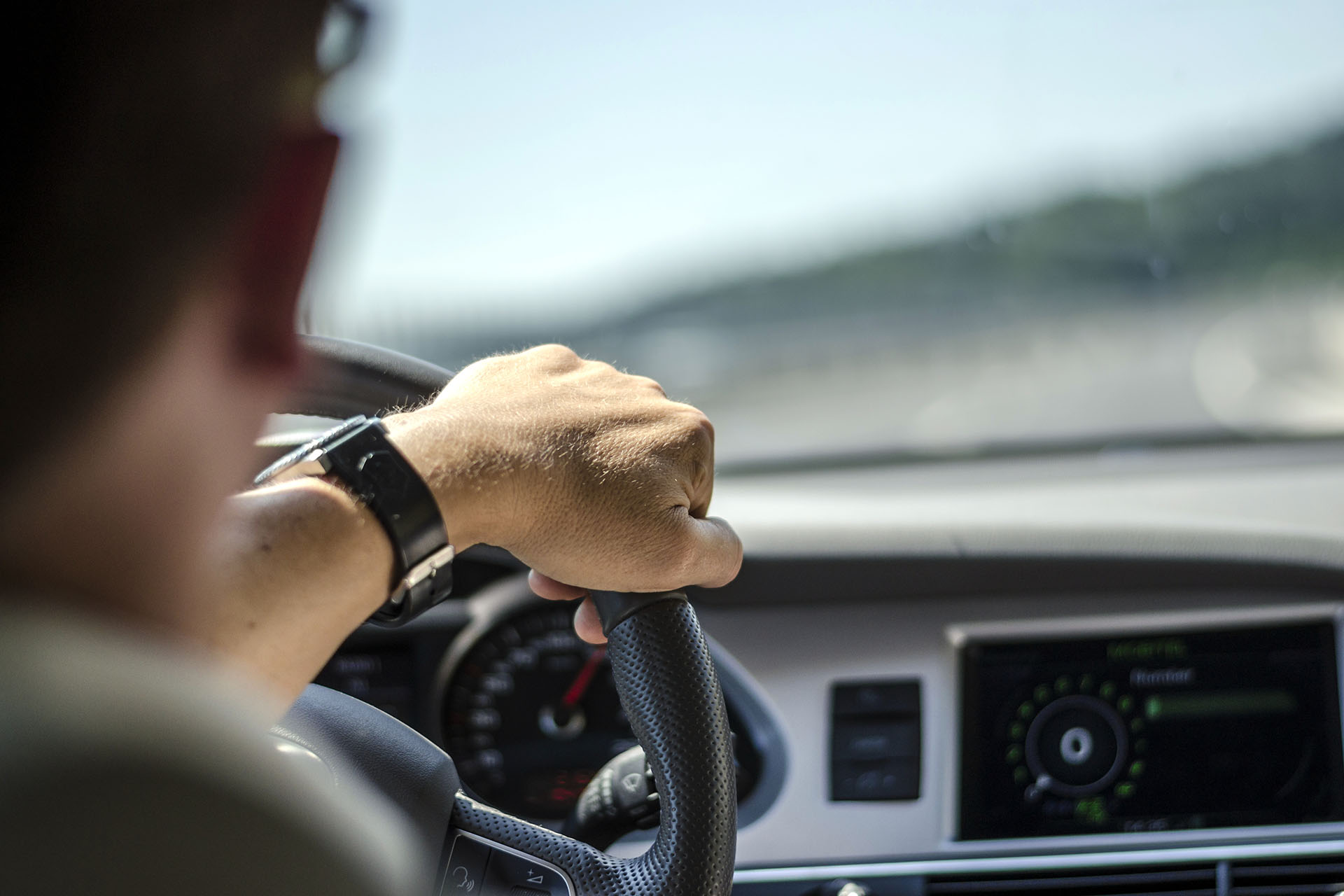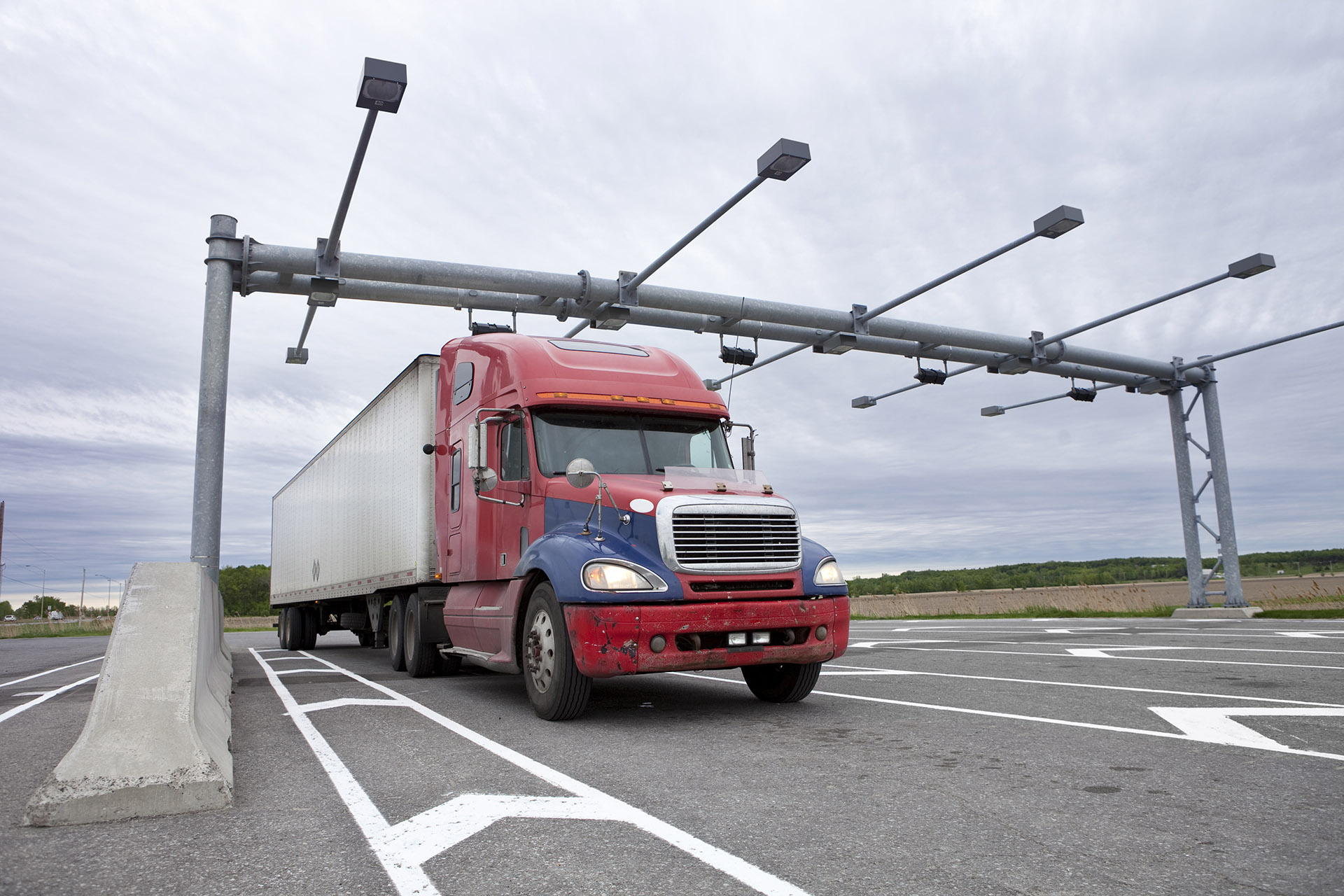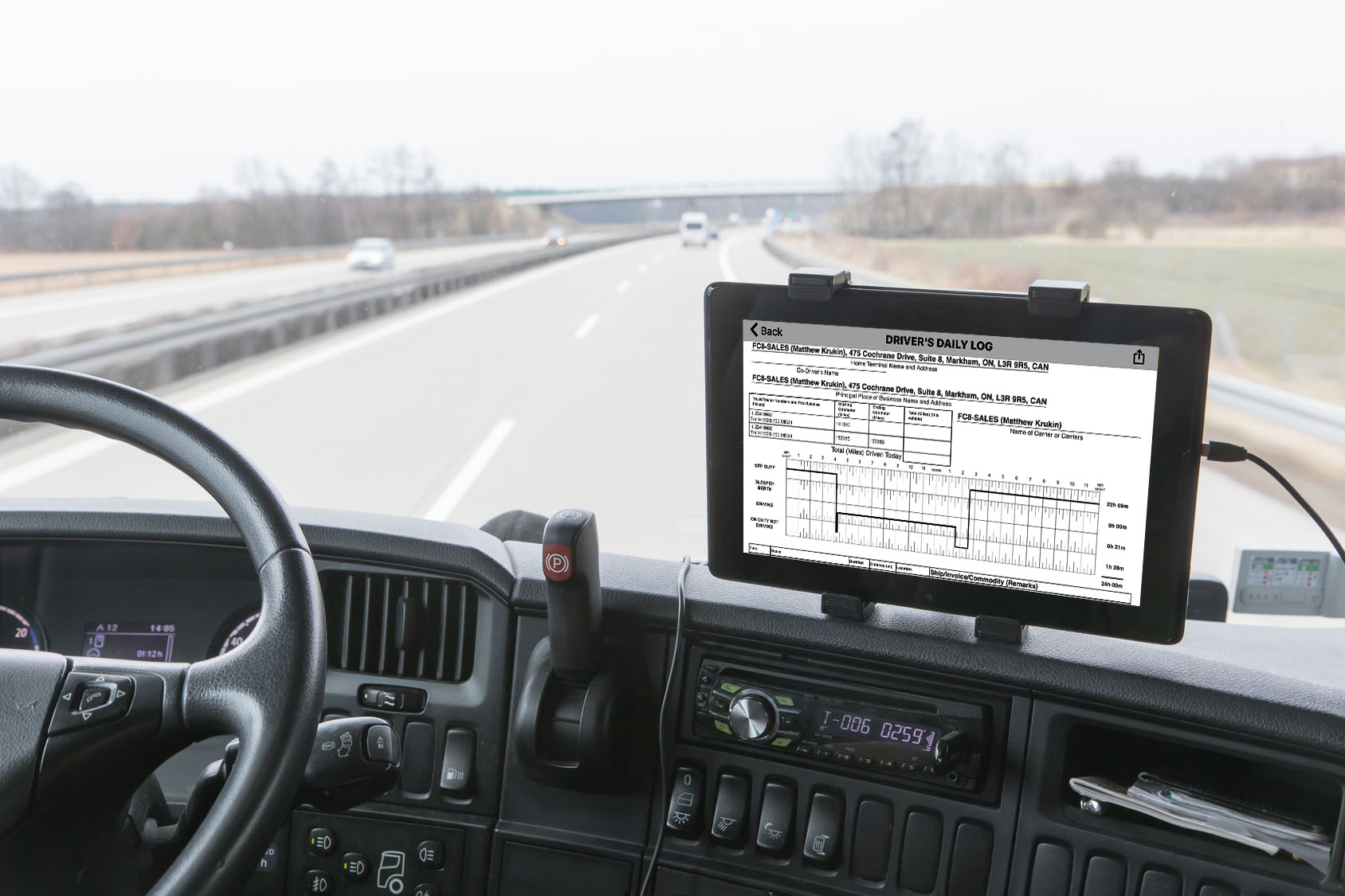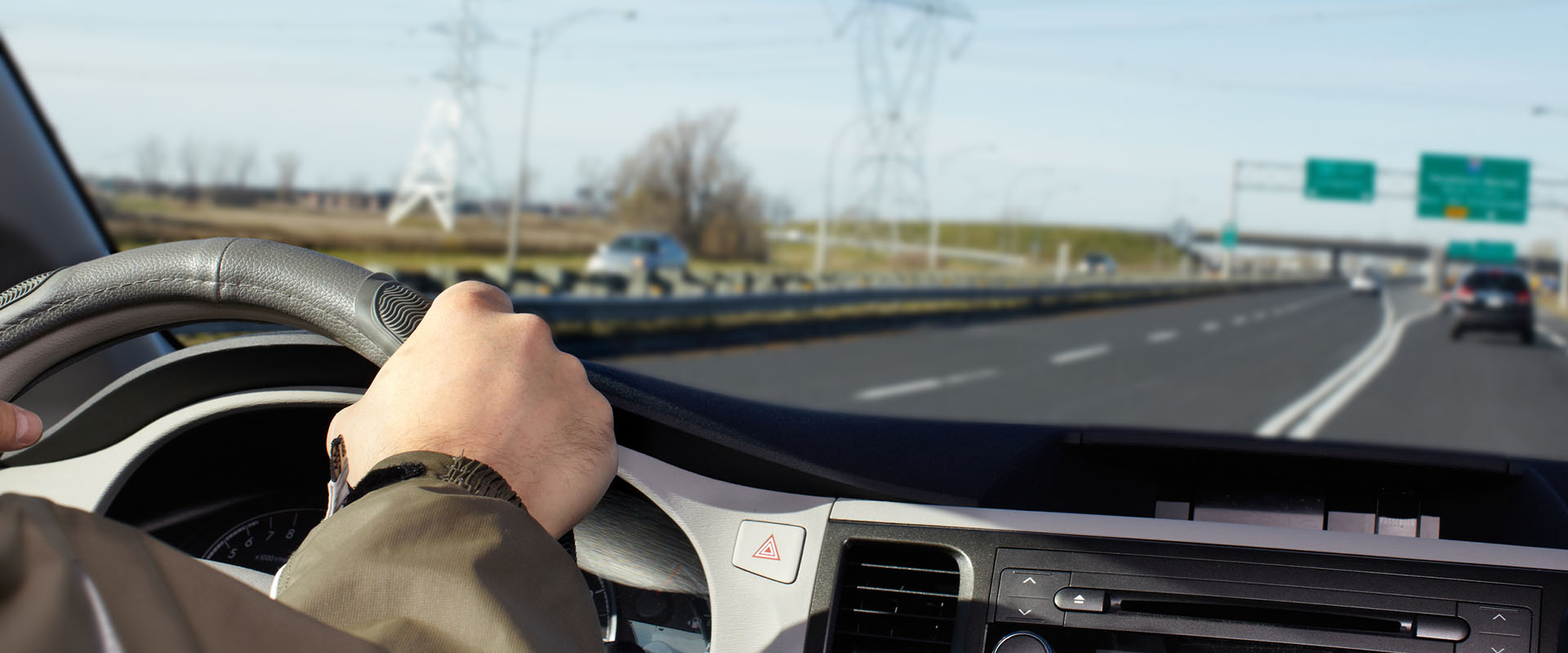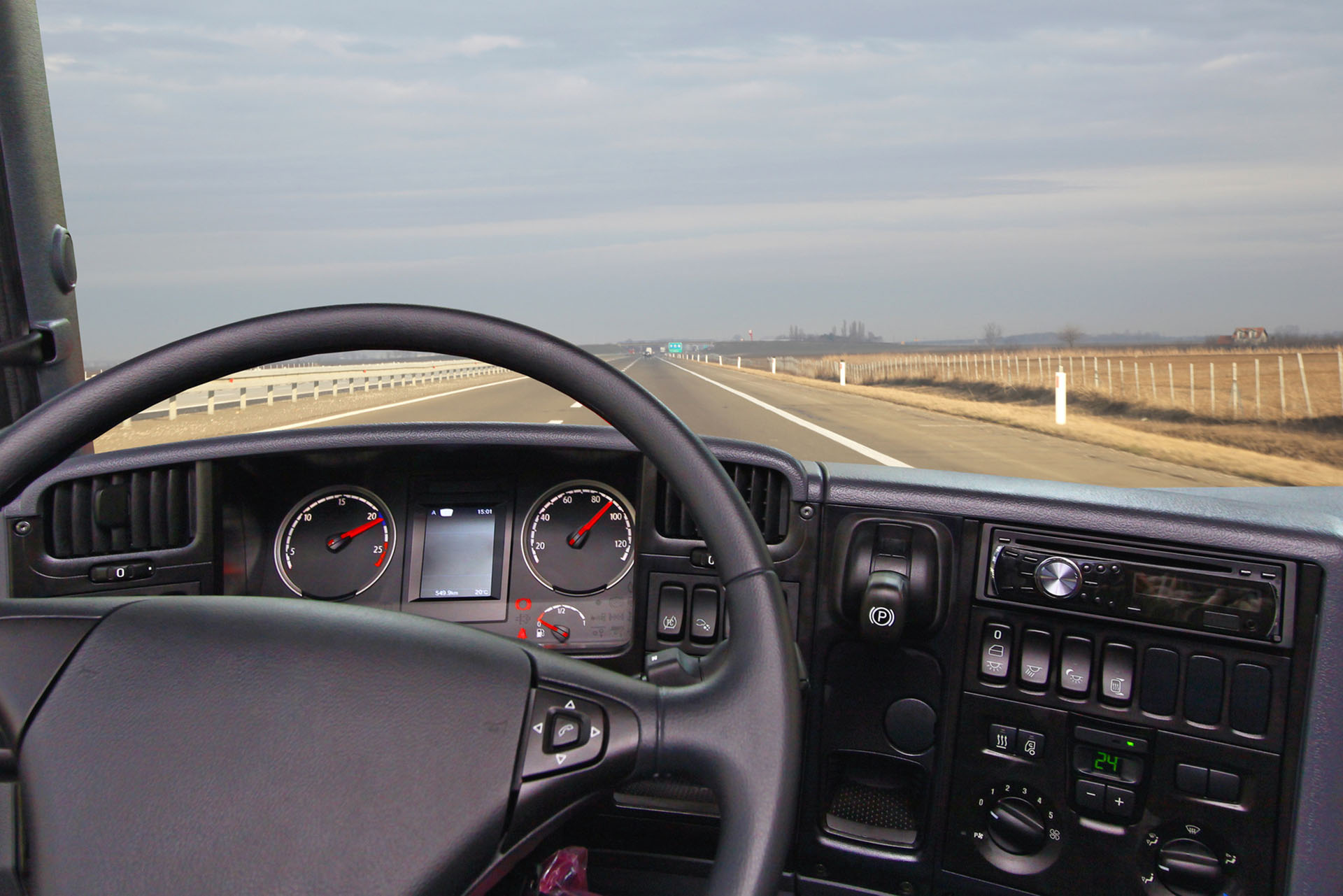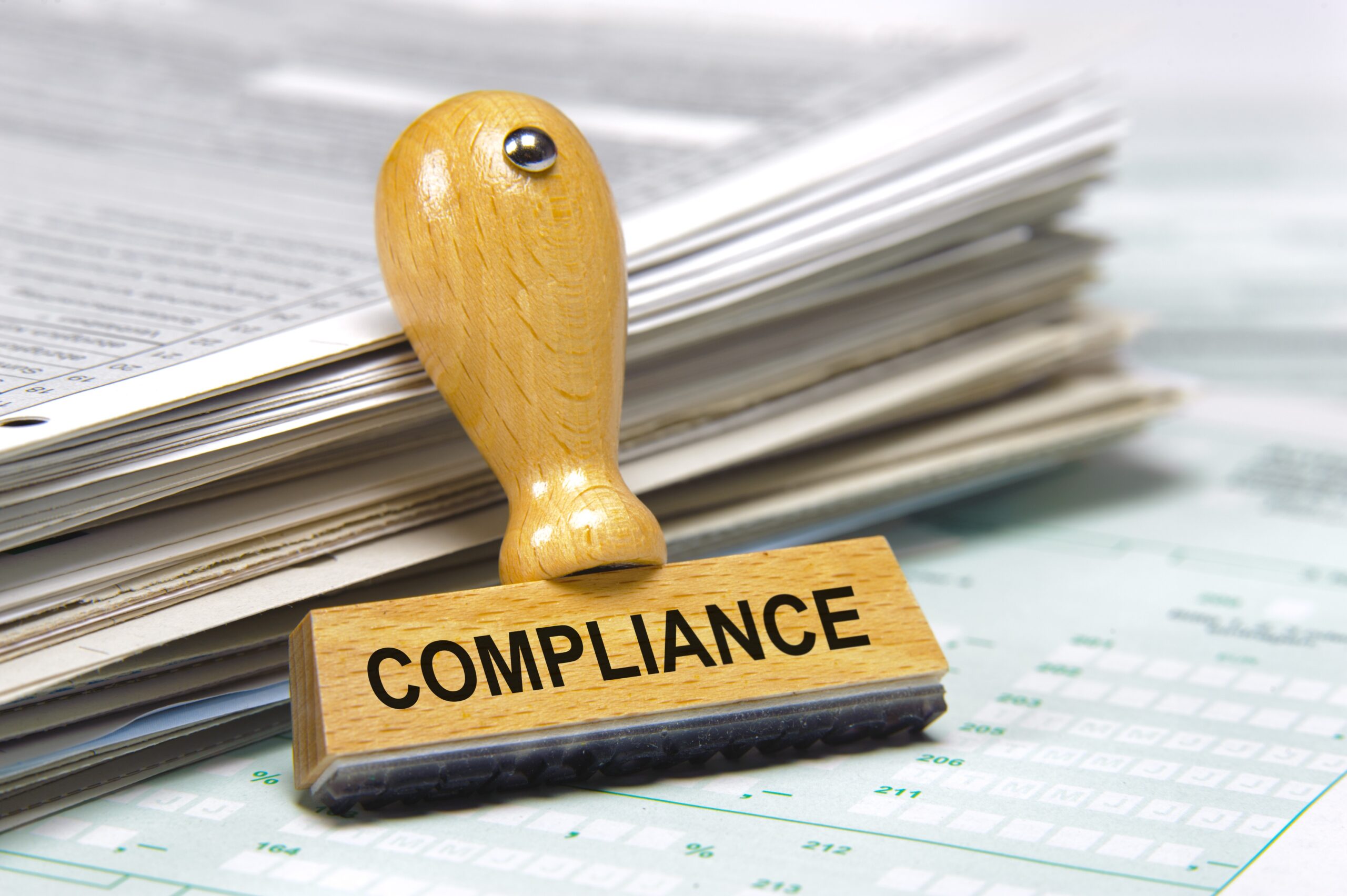How does “Unassigned Driving” work under AOBRD vs ELD?
A motor carrier was in the midst of being audited by DOT and were asked to surrender an “Unassigned Driving Report” for the previous 6 months, even though they were grandfathered under the AOBRD requirements prior to the ELD launch in December 2017.

In this case, the motor carrier is not required to have an “Unassigned Driving Report” surrender at roadside or during an audit unless they have proactively recorded this information as part of their operations.
What a motor carrier is required to do is surrender any records they generate during the course of their operating commercial motor vehicles to DOT to verify compliance with Part 395 is being met. Essentially, a motor carrier cannot surrender a report that does not exist, or that they do not have in their possession.
The scenario differs when ELD is deployed.
Let’s begin with an understanding what exactly unidentified driving means. Essentially, an “unidentified driving record” that is generated by a data diagnostic event occurs when more than 30 minutes of driving time for an unidentified driver is recorded within a 24-hour period.
Section 4.8.1.3 of the ELD rule-making requires the inspected driver’s profile and the unidentified driver profile to be made available as separate reports at roadside either by printout or display.
If there are no unidentified driver records existing on the ELD for the current 24-hour period or for any of the previous 7 consecutive days, an ELD does not need to print or display unidentified driver records for the authorized safety official. Otherwise, both reports must be printed or displayed and provided to the authorized safety official.
What a driver must do with unassigned driving time when he or she logs into the electronic logging device (ELD) is to review any unassigned driving time when he/she logs into the ELD. If the unassigned records do not belong to the driver, the driver must indicate that in the ELD record. If driving time logged under this unassigned account belongs to the driver, the driver must then add that driving time to his or her own record.
What a motor carrier must do with unassigned driving records from an electronic logging device (ELD) is to either explain why the time is unassigned, or to assign the time to the appropriate driver. The motor carrier must also retain unidentified driving records for at least six months as a part of its hours of service (HOS) ELD records and make them available to authorized safety officials.
A driver can be assigned unidentified driver records recorded under the Unidentified Driver profile and indicate this special driving category. However, an ELD must not allow automatically recorded driving time for a driver to be shortened or altered in any way.
A driver can also edit their record after erroneously accepting a driving event that was originally recorded under the Unidentified Driver profile. The ELD must prompt the driver to annotate edits. In addition, the carrier can suggest the edit which can be routed to the driver for confirmation, who ultimately has the final authority to either accept or reject this unidentified driving time.














